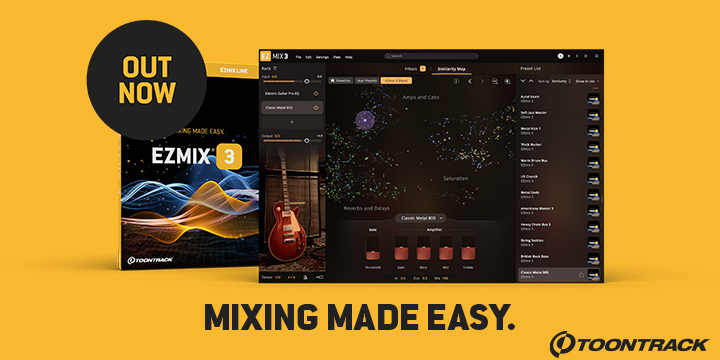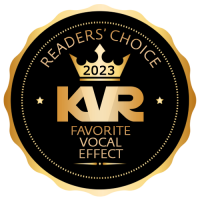
Celemony Software has announced “ARA Audio Random Access” – a pioneering extension for existing audio plug-in interfaces that expands the communication between plug-in and DAW, affording the plug-in for the first time musical access to the audio data. Developed by Celemony in collaboration with Presonus, ARA presently connects the Presonus DAW Studio One 2, shipping this fall, with the current Versions 1.3 of Melodyne. Other manufacturers and products will follow.
The plug-in interfaces widely used today – such as VST, AU and RTAS – still work essentially the way analog mixers did in the past: a plug-in only receives audio data from the DAW track at the moment of playback, and therefore knows nothing about the entire track – and nothing either, therefore, of the musical context. For reverb, echo and EQ, this view through a real-time keyhole may be good enough, but not for plug-ins like Melodyne that need an overview of the entire clip for the analysis of the musical context and the editing of notes, rhythms and tempo. Previously, a time-consuming transfer of the audio file to the plug-in was required, but with ARA things are now far simpler:
As an extension of the existing plug-in interfaces, ARA opens an additional channel of communication through which the DAW and plug-in can exchange information about the audio file, tempo, pitch, rhythm and much more, which allows them to work together considerably more closely. The plug-in is closer to what is happening in the DAW and can therefore work more smoothly and effectively; the DAW, for its part, is able to integrate the plug-in far better and make more targeted use of it – exactly as though it were part of the DAW.
A good example of the greatly enhanced workflow with ARA is the interaction between Presonus Studio One 2 and Melodyne. For with ARA, Melodyne is seamlessly integrated into Studio One and serves there as an alternative to the normal waveform editor: audio segments are opened directly in Melodyne and follow automatically when moved and copied as well as changed in tempo or time signature. Studio One, for its part, uses Melodyne for high-quality time stretching and to derive information about the musical content, i.e. for Audio-to-MIDI via drag-and-drop and for the evaluation of Melodyne's tempo recognition.
“It has long been a desired objective to enhance the integration of Melodyne into DAWs,” explains Celemony software architect Carsten Gehle. “With Presonus, we conceived the notion of realizing this as an extension of existing plug-in interfaces. So ARA was developed in equal measure from the standpoint of a DAW developer and a plug-in developer. As a result, it takes account of the needs of both sides, and both therefore derive maximum benefit from it. For the present, ARA offers an entirely new Melodyne experience in Studio One 2, but other DAWs and plug-ins should follow.”
In two videos Celemony showcases the Technology and the Application:
Tech Talk: http://www.youtube.com/watch?v=uQnYemgC3nk
Showcase: http://www.youtube.com/watch?v=F3J8SFhoe10
For further information, visit: www.celemony.com/ara




 Other Related News
Other Related News